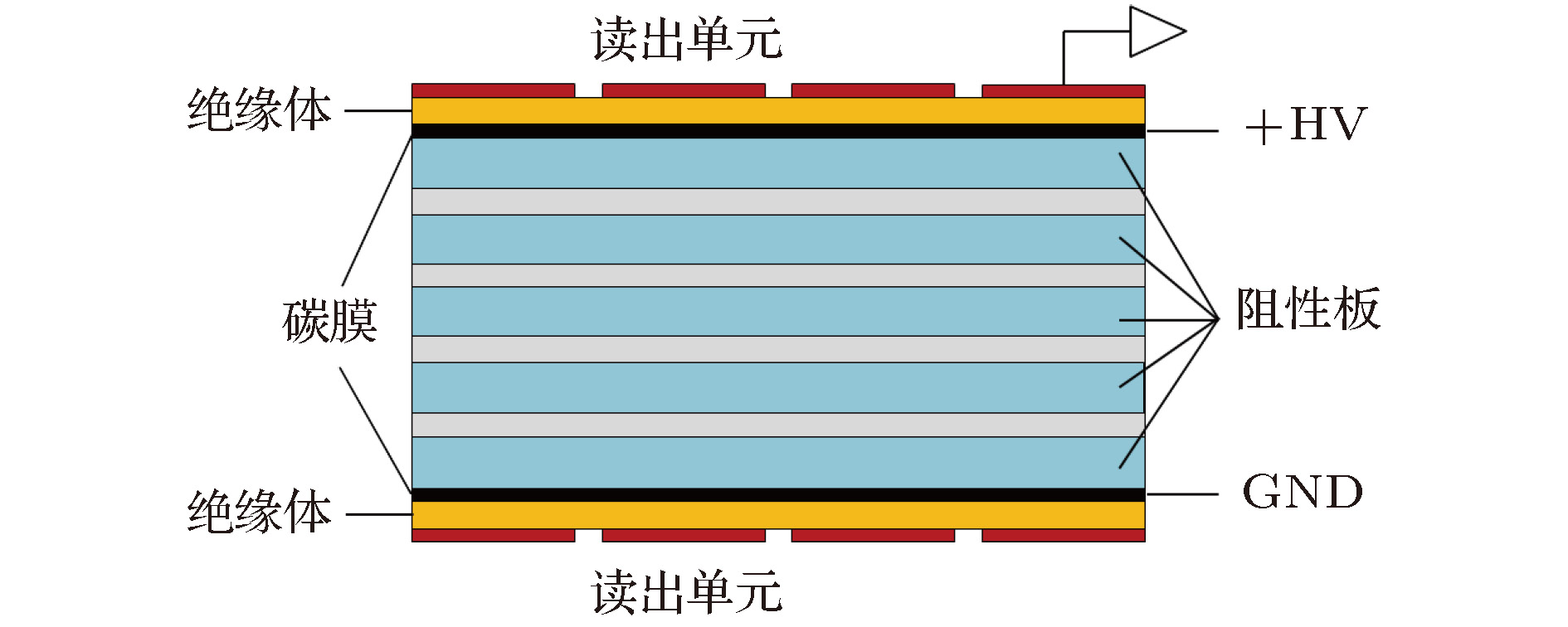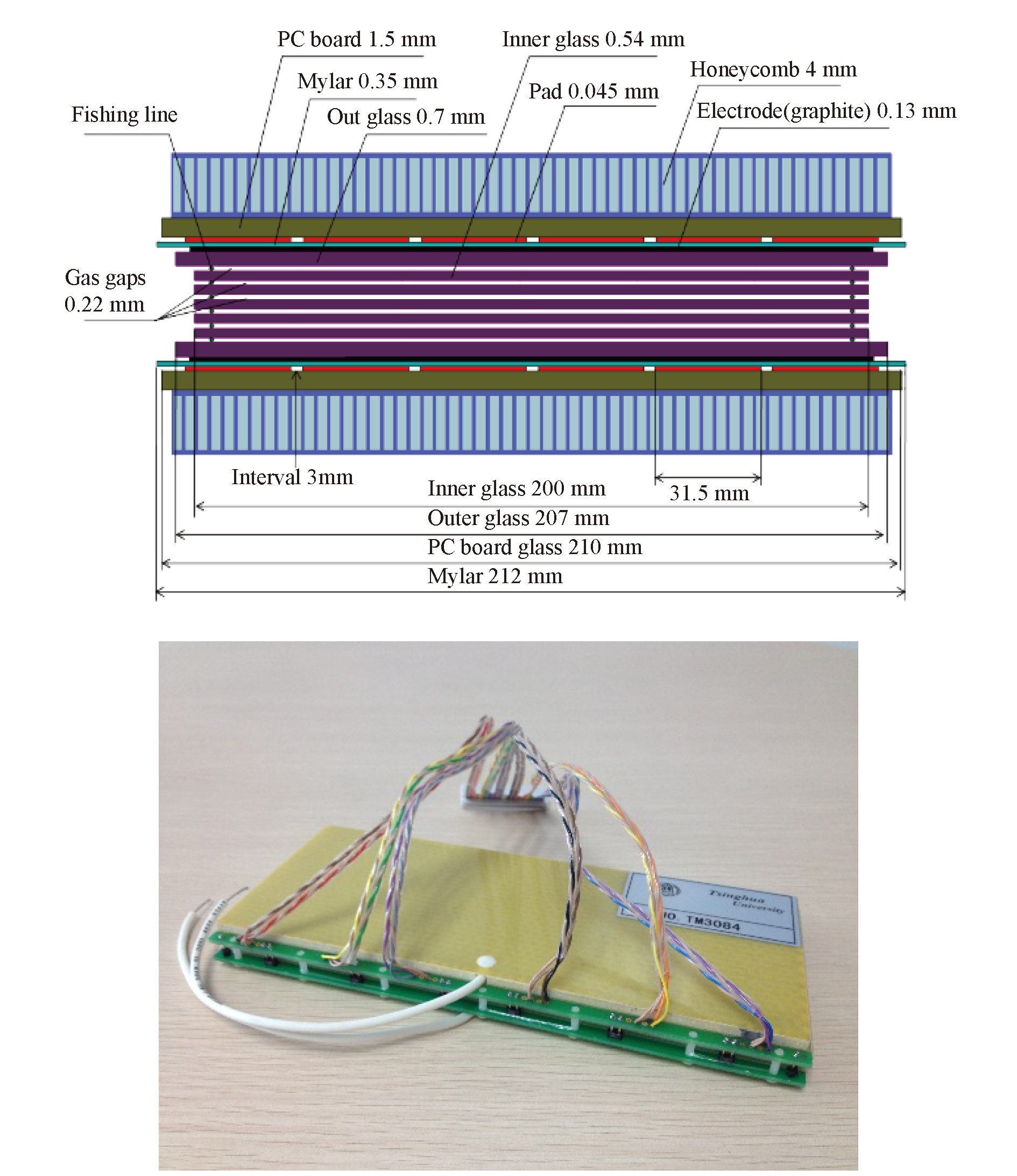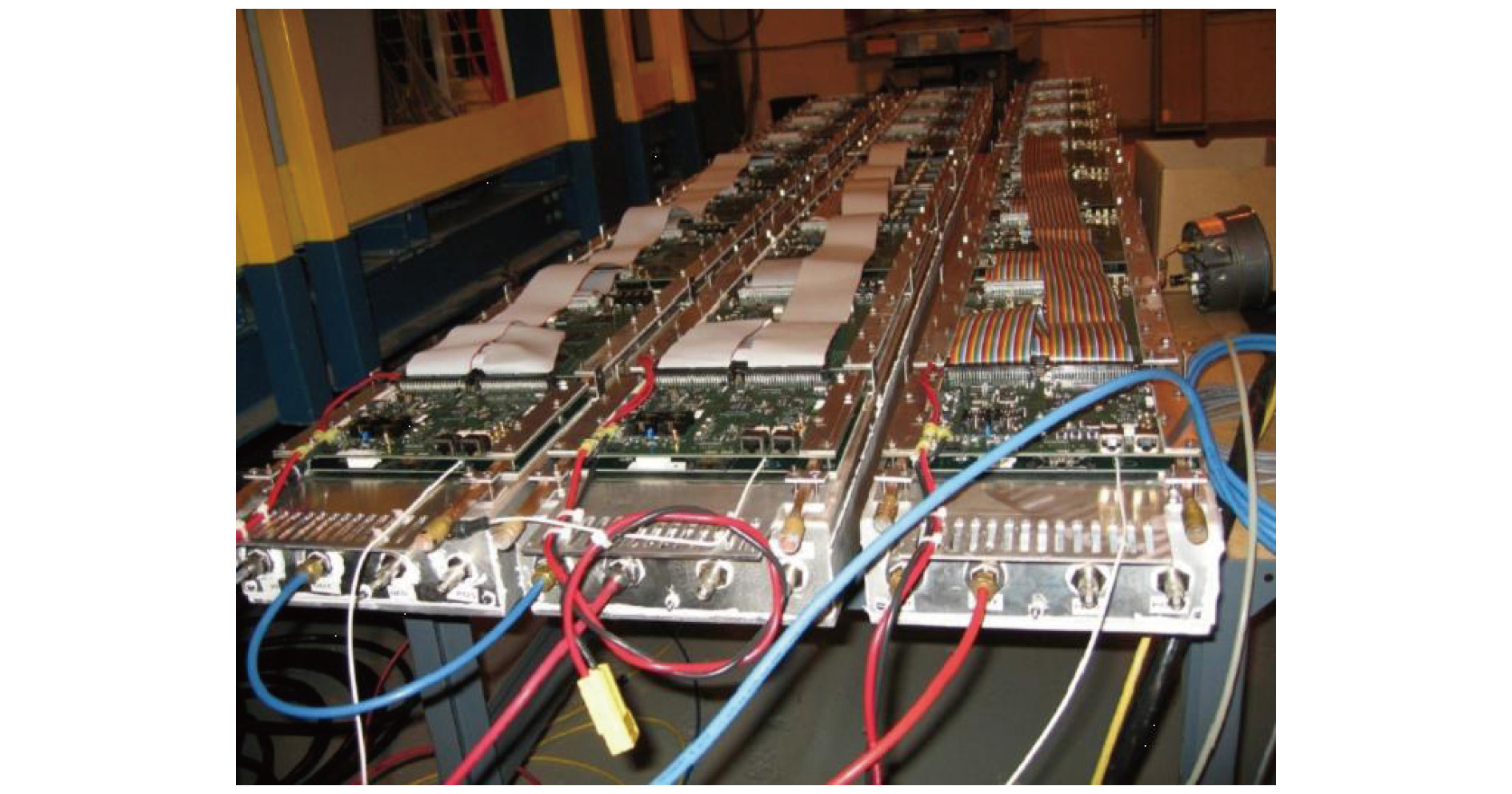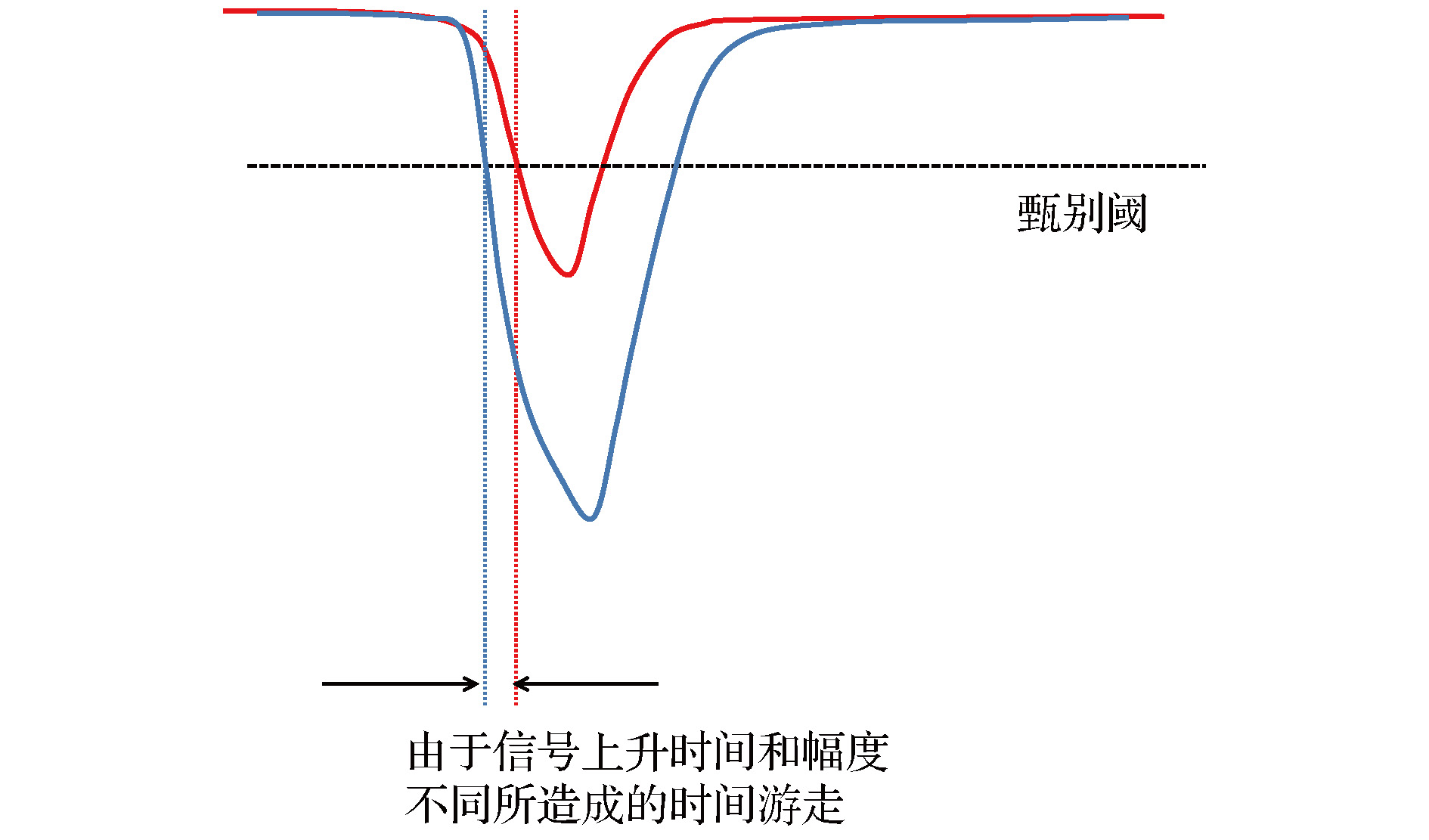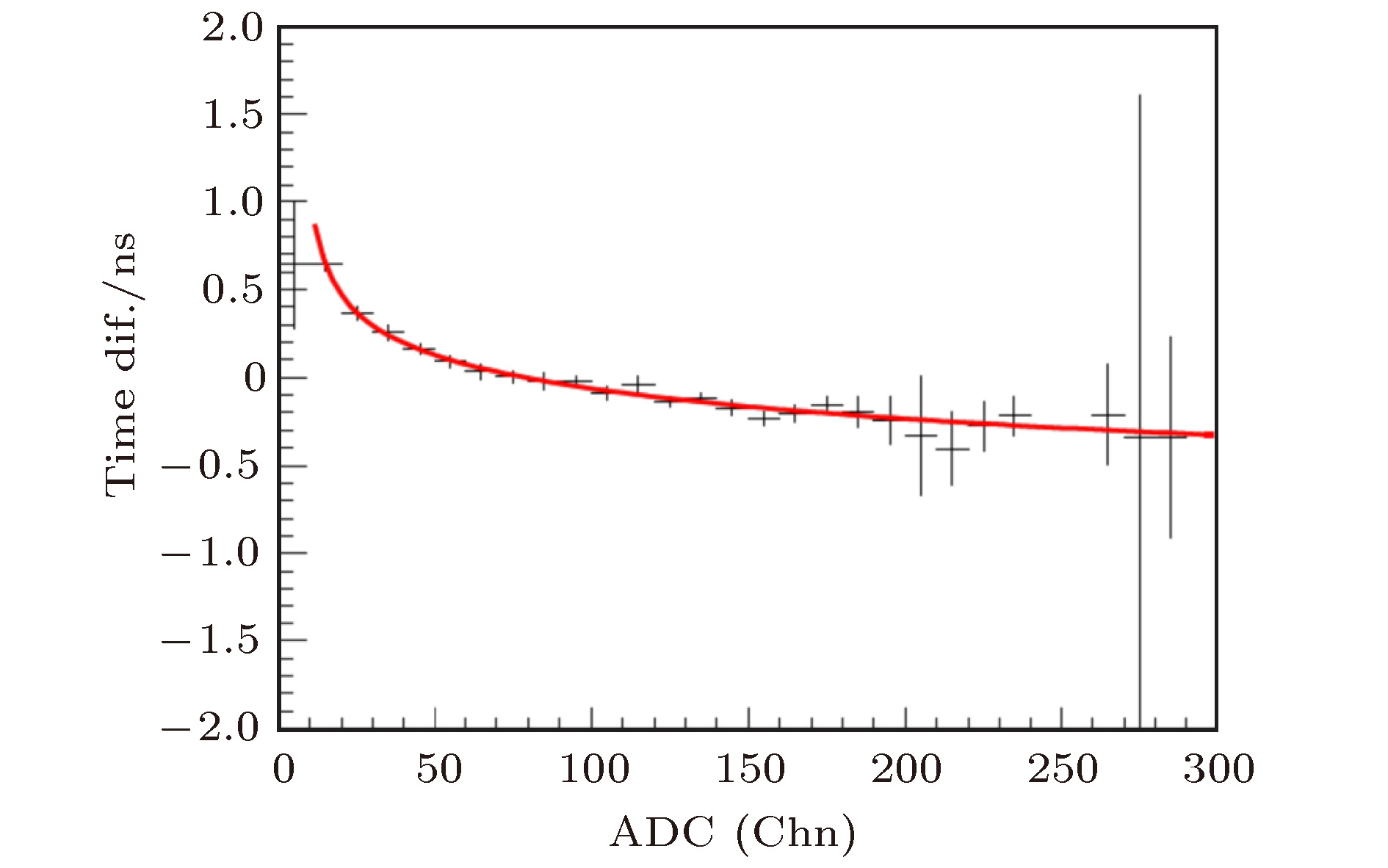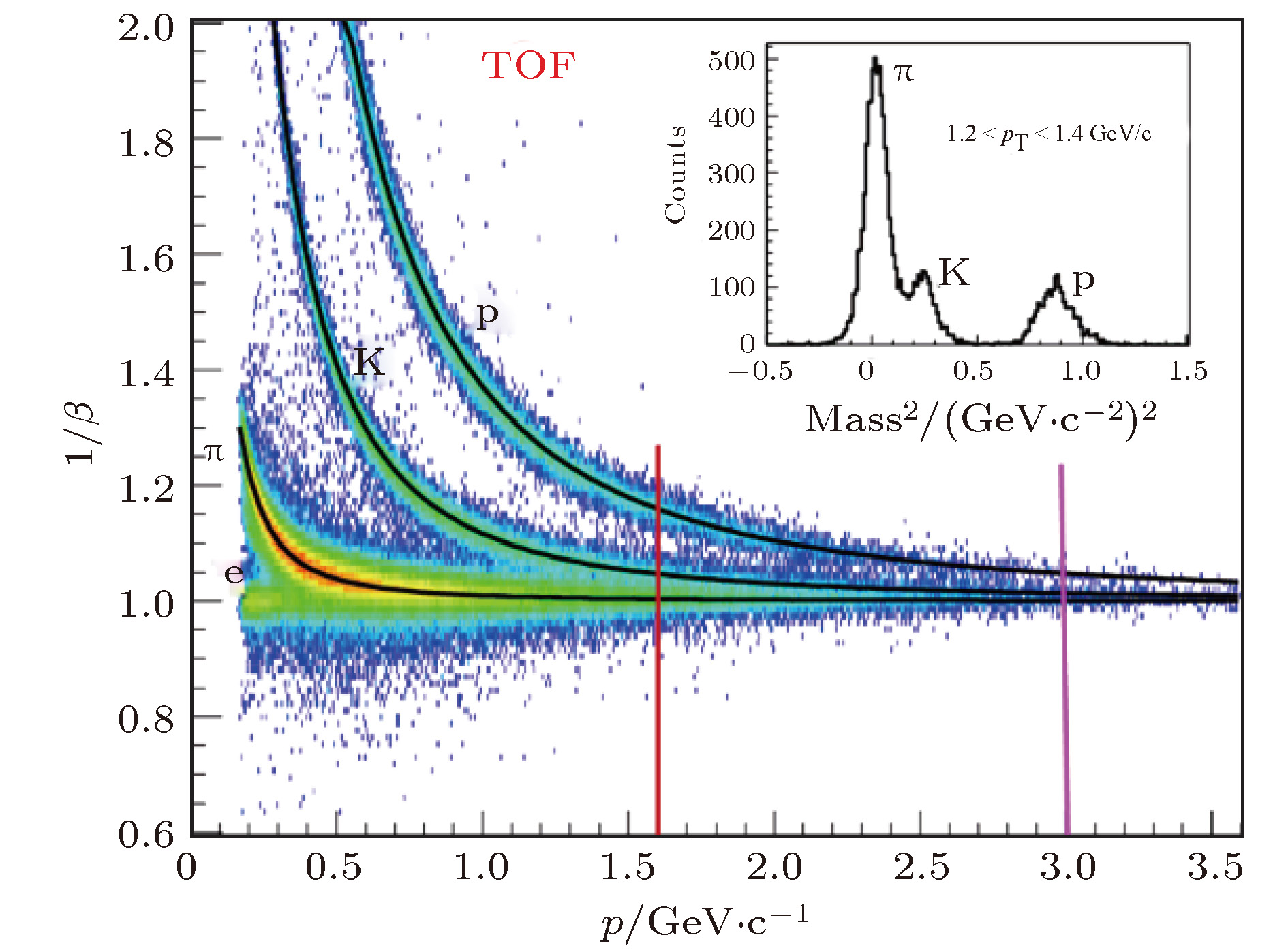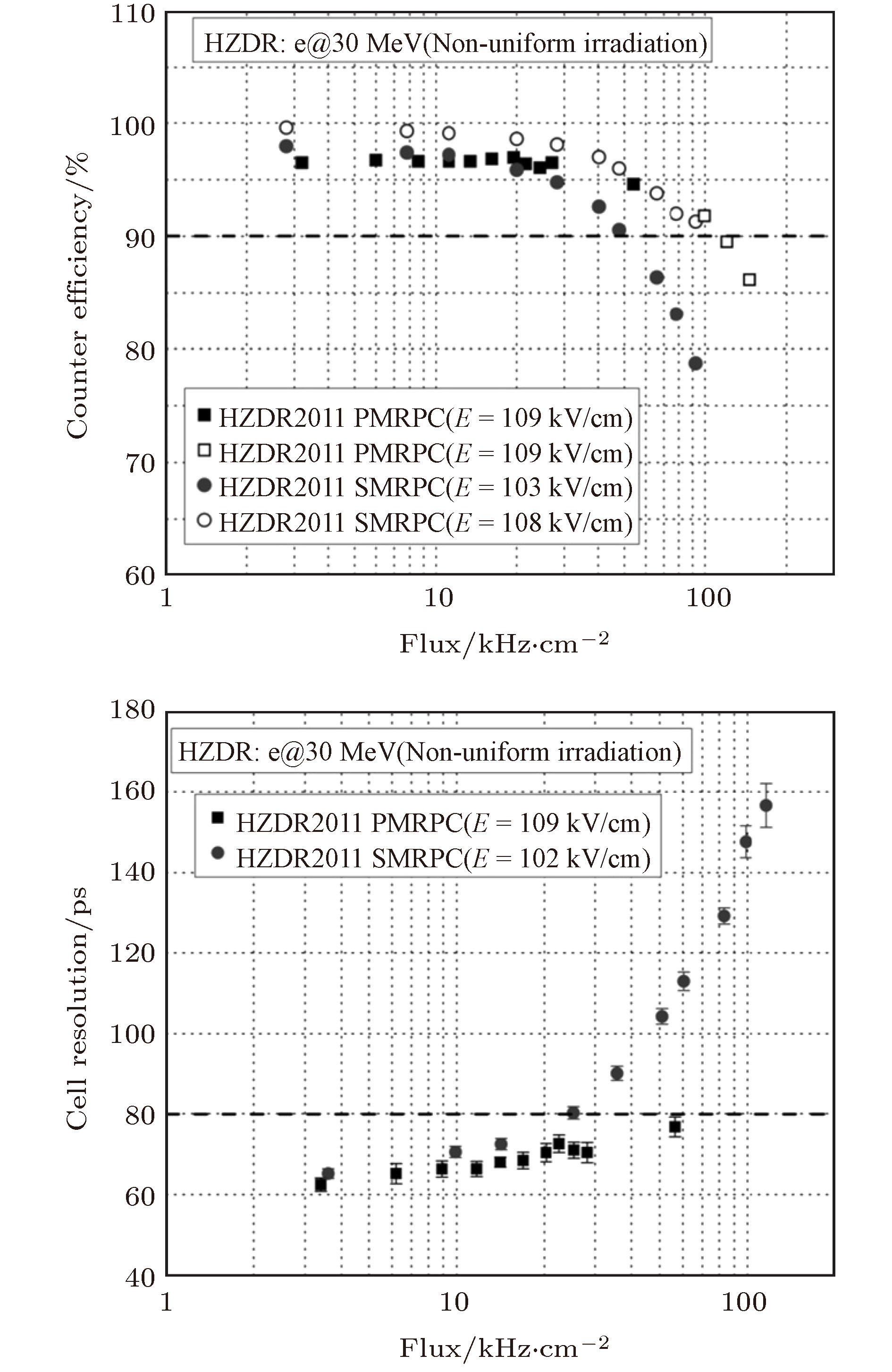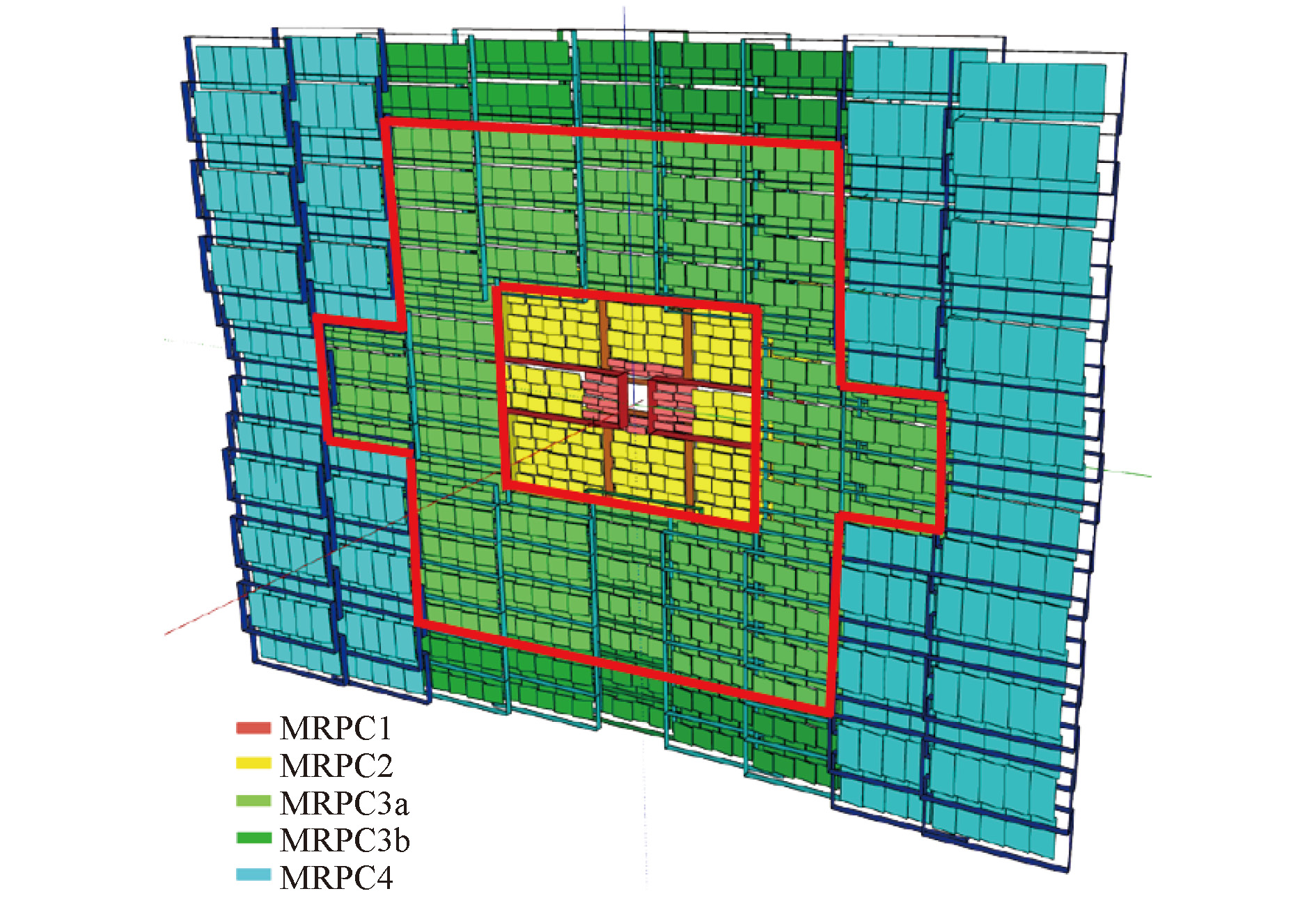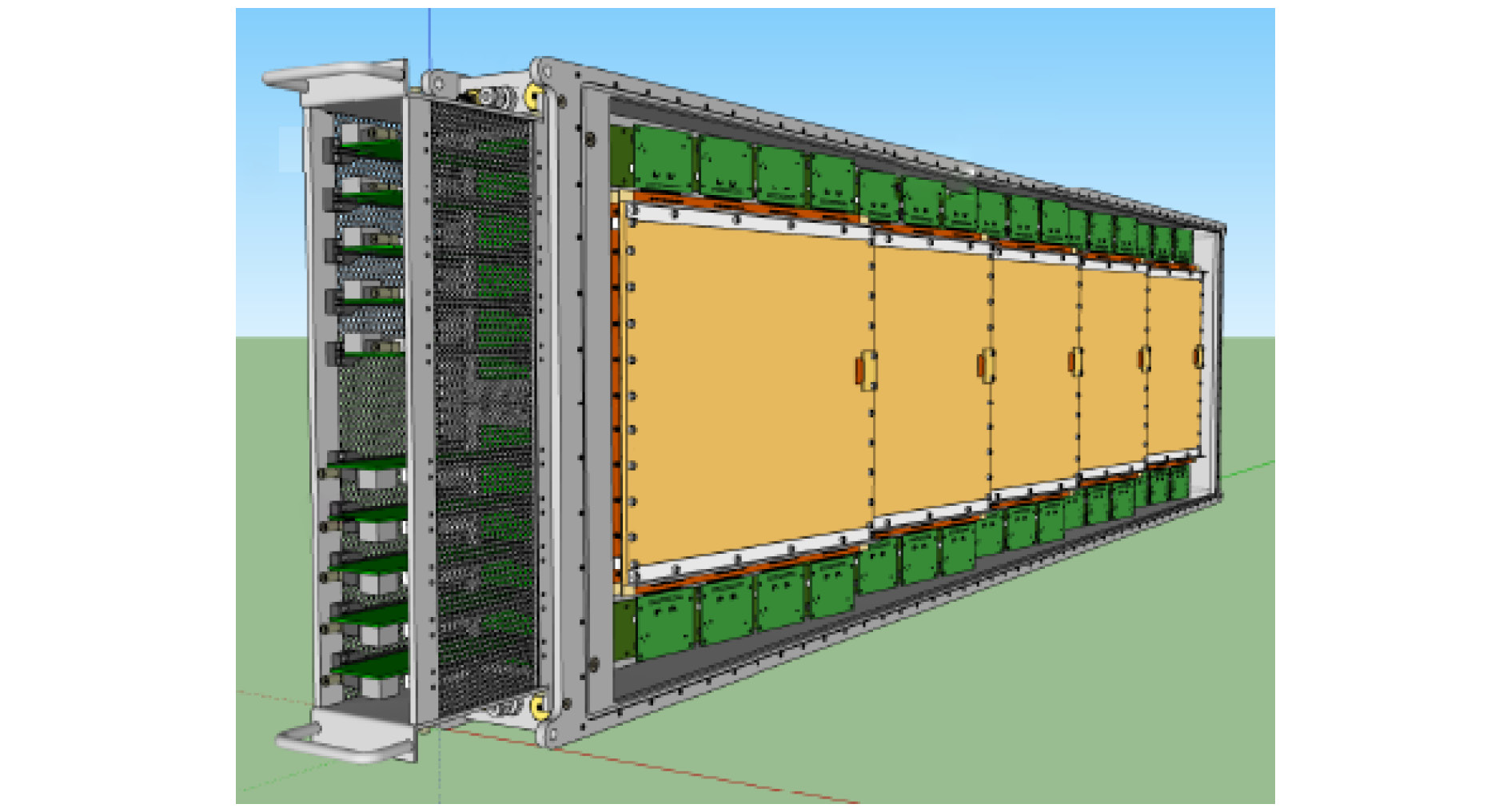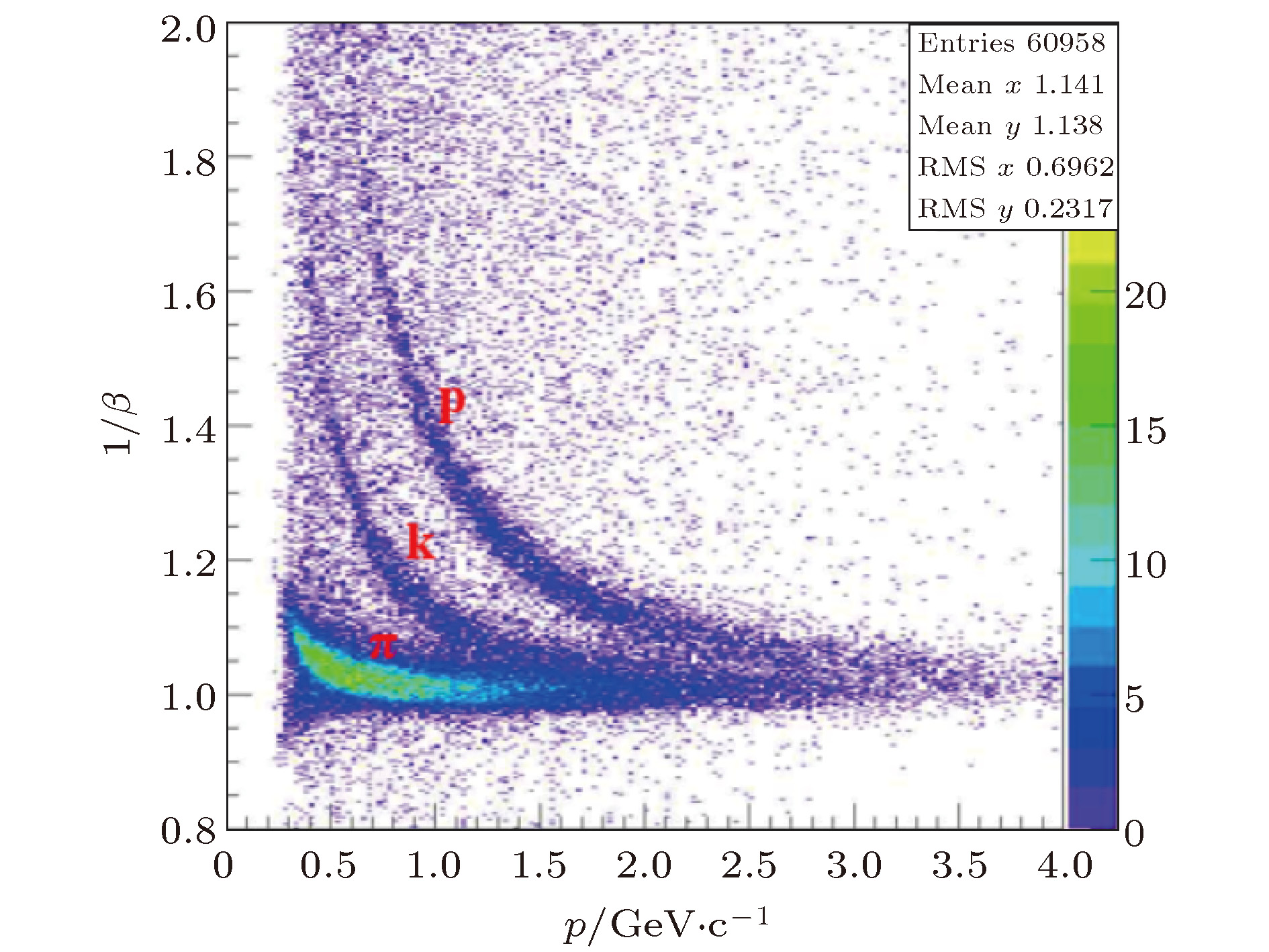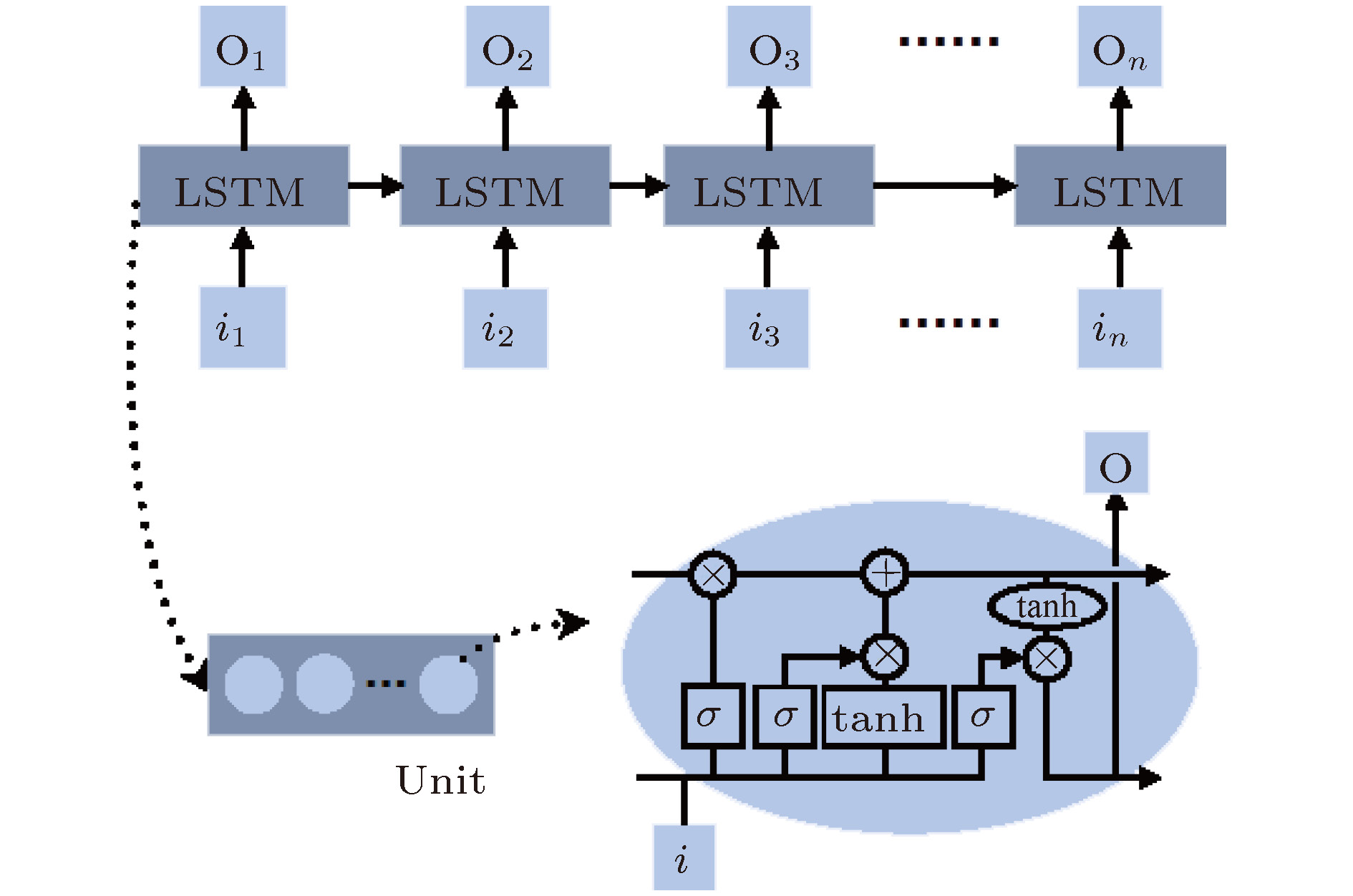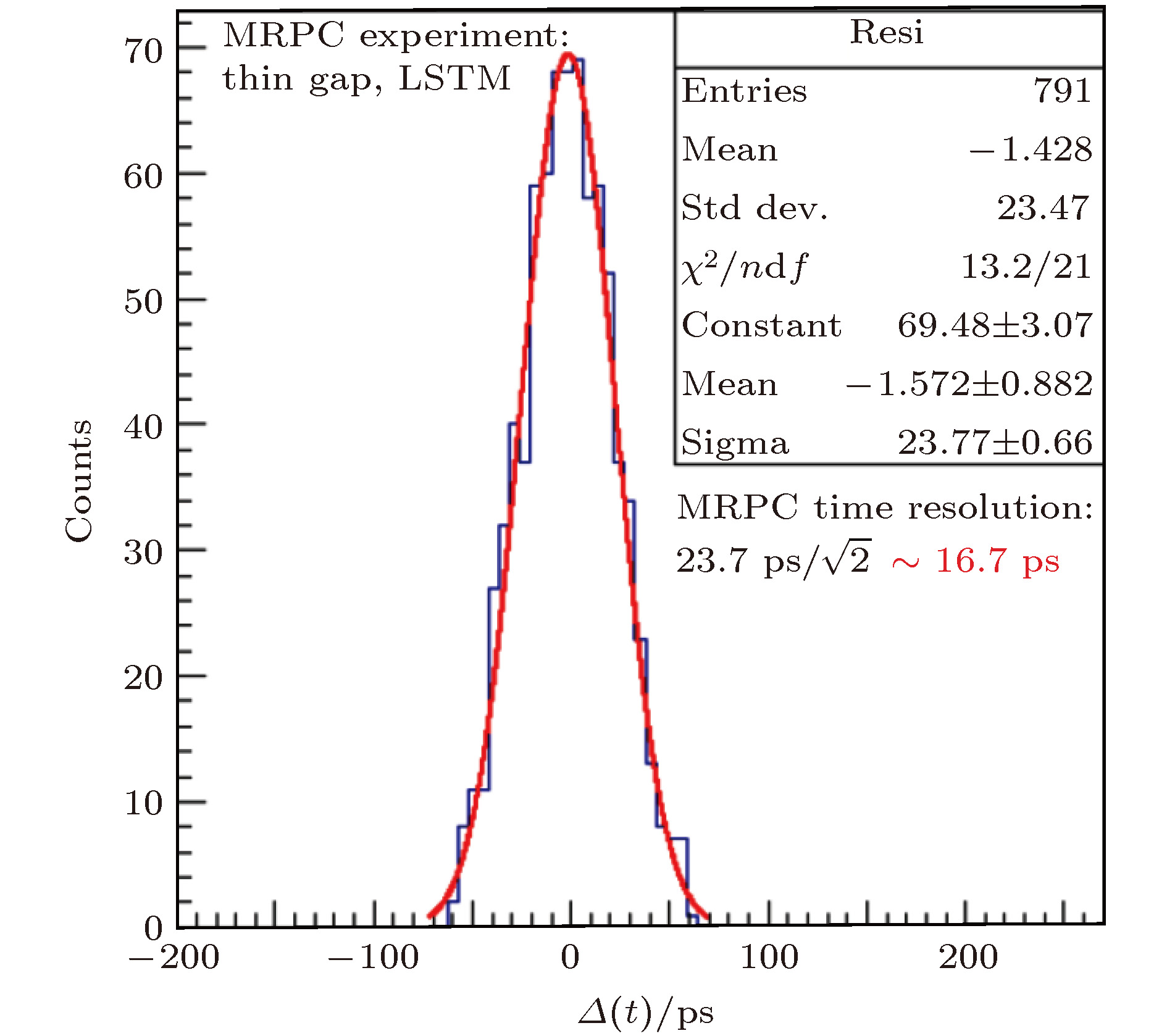-
Particle identification is very important in nuclear and particle physics experiments. Time of flight system (TOF) plays an important role in particle identification such as the separation of pion, kaon and proton. Multi-gap resistive plate chamber (MRPC) is a new kind of avalanche gas detector and it has excellent time resolution power. The intrinsic time resolution of narrow gap MRPC is less than 10 ps. So the MRPC technology TOF system is widely used in modern physics experiments for particle identification. With the increase of accelerator energy and luminosity, the TOF system is required to indentify definite particles precisely under high rate environment. The MRPC technology TOF system can be defined as three generations according to the timing and rate requirement. The first-generation TOF is based on the float glass MRPC and its time resolution is around 80 ps, but the rate is relatively low (typically lower than 100 Hz/cm2). The typical systems are TOF of RHIC-STAR, LHC-ALICE and BES III endcap. For the second-generation TOF, its time resolution has the same order as that for the first generation, but the rate capability is much higher. Its rate capability can reach 30 kHz/cm2. The typical experiment with this high rate TOF is FAIR-CBM. The biggest challenge is in the third-generation TOF. For example, the momentum upper limit of
$ {\rm{K}}/{\text{π}}$ separation is around 7 GeV/c for JLab-SoLID TOF system under high particle rate as high as 20 kHz/cm2, and the time requirement is around 20 ps. The readout electronics of first two generations is based on time over threshold method, and pulse shape sampling technology will be used in the third-generation TOF. In the same time, the machine learning technology LSTM network is also used to analyze the time performance. As a very successful sample, MRPC barrel TOF has been used in RHIC-STAR for more than ten years and many important physics results have been obtained. A prominent result is the observation of antimatter helium-4 nucleus. This discovery proves the existence of antimatter in the early universe. In this paper, we will describe the evolution of MRPC TOF technology and key technology of each generation of TOFs including MRPC detector and related electronics. The industrial and medical usage of MRPC are also introduced in the work finally.-
Keywords:
- multi-gap resistive plate chamber /
- time resolution /
- slewing correction /
- machine learning /
- pulse shape sampling
[1] Acosta D, Ahn M, Anikeev K, et al. 2004 Nucl. Instrum. Methods Phys. Res. Sect. A 492 605
[2] 王景波 2013 博士学位论文 (北京: 清华大学)
Wang J B 2013 Ph. D. Dissertation (Beijing: Tsinghua University) (in Chinese)
[3] Wang Y, Wang J B, Cheng J P, et al. 2010 Nucl. Instrum. Methods Phys. Res. Sect. A 613 200
 Google Scholar
Google Scholar
[4] Wu J, Bonner B, Chen H F, et al. 2005 Nucl. Instrum. Methods Phys. Res. Sect. A 538 243
 Google Scholar
Google Scholar
[5] Akindinov A, Anselmo F, Basile M, et al. 2000 Nucl. Instrum. Methods Phys. Res. Sect. A 456 16
 Google Scholar
Google Scholar
[6] Williams M C S 1998 Nucl. Phys. B 61B 250
[7] Shao M, Ruan L J, Chen H F, et al. 2002 Nucl. Instrum. Methods Phys. Res. Sect. A 492 344
 Google Scholar
Google Scholar
[8] Anghinolfi F, Jarron P, Krummenacher F, Usenko E, Williams M C S 2004 IEEE Trans. Nucl. Sci. 5 1974
[9] http://tdc.web.cern.ch/TDC/hptdc/docs/hptdc_manual_ver2.2.pdf/ [2018-12-13]
[10] Agakishiev H, Aggarwal M M, Ahammed Z, et al. 2011 Nature 473 353
 Google Scholar
Google Scholar
[11] Boine-Frankenheim O 2010 Proceedings of IPAC’10 Kyoto, Japan, May 23-28, 2010 p2430
[12] Höhne C 2016 PoS 272
[13] Abbrescia M, Peskov V, Fonte P 2018 Resistive Gaseous Detectors: Designs, Performance, and Perspectives (Weinheim: Wiley-VCH Verlag GmbH & Co. KGaA) pp234-235
[14] Wang J B, Wang Y, Zhu X L, et al. 2010 Nucl. Instrum. Methods Phys. Res. Sect. A 621 151
 Google Scholar
Google Scholar
[15] Wang J B, Wang Y, Gonzalez-Diaz D, et al. 2013 Nucl. Instrum. Methods Phys. Res. Sect. A 713 40
 Google Scholar
Google Scholar
[16] Deppner I, Herrmann N, Akindinov A, et al. 2014 JINST 9 C10014
 Google Scholar
Google Scholar
[17] Wang Y, Lyu P F, Huang X, et al. 2016 JINST 11 C08007
 Google Scholar
Google Scholar
[18] Ciobanu M, Herrmann N, Hildenbrand K D, et al. 2008 IEEE Nucl. Sci. Symp. Conf. Rec. Dresden, Germany, October 19—25, 2008 p2018
[19] The GSI Event Driven TDC ASIC GET4 V1.23, Flemming H, Deppe H http://dx.doi.org/10.15120/GR-2014-1-FG-CS-11/ [2018-12-13]
[20] Cebra D, Geurts F, Depper I, et al. 2016 arXiv: 1609.05102 [nucl-ex]
[21] Gao H, Gamberg L, Chen J P, et al. 2011 Eur. Phys. J. Plus 126 2
 Google Scholar
Google Scholar
[22] Wang F Y, Han D, Wang Y, et al. 2018 arXiv: 1812.02912v2 [physics.ins-det]
[23] Wang F Y, Han D, Wang Y, et al. 2018 arXiv: 1805.02833 [physics.ins-det]
[24] Ritt S, 2008 IEEE Nucl. Sci. Symp. Conf. Rec Dresden, Germany, October 19-25 2008, p1512
[25] Guida R, Mandelli B, Rigoletti G 2019 The 15th Vienna Conference on Instrumentation Vienna, 21 February.
[26] Couceiroa M, Blancoa A, Ferreira Nuno C, et al. 2007 Nucl. Instrum. Methods Phys. Res. Sect. A 580 915
 Google Scholar
Google Scholar
[27] Wang J, Wang Y, Wang X, et al. 2016 JINST 11 C11008
 Google Scholar
Google Scholar
[28] Eric O, Jean F G, Herv G, et al. 2013 arXiv: 1309.4397v1 [physics.ins-det]
[29] Wang J H, Liu S B, Zhao L, et al. 2011 IEEE Trans. Nucl. Sci. 58 2011
 Google Scholar
Google Scholar
-
图 8 上图和中图是通过STAR-TOF测得的带电粒子质量和能量损失的二维图; 下图是带电粒子质量的一维图, 反氦4核的质量等于3.73 GeV/c2. 利用飞行时间谱仪, 在10亿次碰撞产生的5000亿条径迹中清晰地分辨出18个反氦4物质
Figure 8. The top two panels show the dE/dx of charged particles as a function of mass measured by the TOF system; The bottom panel shows the mass distribution of charge particles. The mass of antimatter helium-4 nucleus is 3.73 GeV/c2. 18 antimatter helium-4 nucleus are discriminated from around 500 billion tracks generated by one billion collisions.
图 9 测试得到的MRPC探测效率和时间分别随粒子计数率的变化[15]
Figure 9. Measured efficiency and time resolution of MRPC change with particle rate.
表 1 三代MRPC飞行时间谱仪性能列表
Table 1. Performance of three generation MRPC TOF.
TOF系统 时间分辨
/ps计数率
/kHz·cm–2电极电阻率
/Ω·cm电子学 分析方法 典型实验 第一代 80 < 0.1 ~1012 NINO + HPTDC TOT slewing correction RHIC-STAR
LHC-ALICE第二代 80 >20 ~1010 PADIX + GET4 TOT slewing correction FAIR-CBM 第三代 20 >20 ~1010 Fast amplifier + SCA TOT slewing correction
Deep learningJLab-SoLID 表 2 低电阻玻璃性能
Table 2. The performance of low resistive glass.
性能参数 典型值 标准尺寸 33 cm × 27.6 cm 体电阻率/Ω·cm ~1010 标准厚度/mm 0.7, 1.1 厚度均匀性/μm 20 表面粗糙度/nm < 10 介电常数 7.5–9.5 DC测试 累积电荷达1 C/cm2 -
[1] Acosta D, Ahn M, Anikeev K, et al. 2004 Nucl. Instrum. Methods Phys. Res. Sect. A 492 605
[2] 王景波 2013 博士学位论文 (北京: 清华大学)
Wang J B 2013 Ph. D. Dissertation (Beijing: Tsinghua University) (in Chinese)
[3] Wang Y, Wang J B, Cheng J P, et al. 2010 Nucl. Instrum. Methods Phys. Res. Sect. A 613 200
 Google Scholar
Google Scholar
[4] Wu J, Bonner B, Chen H F, et al. 2005 Nucl. Instrum. Methods Phys. Res. Sect. A 538 243
 Google Scholar
Google Scholar
[5] Akindinov A, Anselmo F, Basile M, et al. 2000 Nucl. Instrum. Methods Phys. Res. Sect. A 456 16
 Google Scholar
Google Scholar
[6] Williams M C S 1998 Nucl. Phys. B 61B 250
[7] Shao M, Ruan L J, Chen H F, et al. 2002 Nucl. Instrum. Methods Phys. Res. Sect. A 492 344
 Google Scholar
Google Scholar
[8] Anghinolfi F, Jarron P, Krummenacher F, Usenko E, Williams M C S 2004 IEEE Trans. Nucl. Sci. 5 1974
[9] http://tdc.web.cern.ch/TDC/hptdc/docs/hptdc_manual_ver2.2.pdf/ [2018-12-13]
[10] Agakishiev H, Aggarwal M M, Ahammed Z, et al. 2011 Nature 473 353
 Google Scholar
Google Scholar
[11] Boine-Frankenheim O 2010 Proceedings of IPAC’10 Kyoto, Japan, May 23-28, 2010 p2430
[12] Höhne C 2016 PoS 272
[13] Abbrescia M, Peskov V, Fonte P 2018 Resistive Gaseous Detectors: Designs, Performance, and Perspectives (Weinheim: Wiley-VCH Verlag GmbH & Co. KGaA) pp234-235
[14] Wang J B, Wang Y, Zhu X L, et al. 2010 Nucl. Instrum. Methods Phys. Res. Sect. A 621 151
 Google Scholar
Google Scholar
[15] Wang J B, Wang Y, Gonzalez-Diaz D, et al. 2013 Nucl. Instrum. Methods Phys. Res. Sect. A 713 40
 Google Scholar
Google Scholar
[16] Deppner I, Herrmann N, Akindinov A, et al. 2014 JINST 9 C10014
 Google Scholar
Google Scholar
[17] Wang Y, Lyu P F, Huang X, et al. 2016 JINST 11 C08007
 Google Scholar
Google Scholar
[18] Ciobanu M, Herrmann N, Hildenbrand K D, et al. 2008 IEEE Nucl. Sci. Symp. Conf. Rec. Dresden, Germany, October 19—25, 2008 p2018
[19] The GSI Event Driven TDC ASIC GET4 V1.23, Flemming H, Deppe H http://dx.doi.org/10.15120/GR-2014-1-FG-CS-11/ [2018-12-13]
[20] Cebra D, Geurts F, Depper I, et al. 2016 arXiv: 1609.05102 [nucl-ex]
[21] Gao H, Gamberg L, Chen J P, et al. 2011 Eur. Phys. J. Plus 126 2
 Google Scholar
Google Scholar
[22] Wang F Y, Han D, Wang Y, et al. 2018 arXiv: 1812.02912v2 [physics.ins-det]
[23] Wang F Y, Han D, Wang Y, et al. 2018 arXiv: 1805.02833 [physics.ins-det]
[24] Ritt S, 2008 IEEE Nucl. Sci. Symp. Conf. Rec Dresden, Germany, October 19-25 2008, p1512
[25] Guida R, Mandelli B, Rigoletti G 2019 The 15th Vienna Conference on Instrumentation Vienna, 21 February.
[26] Couceiroa M, Blancoa A, Ferreira Nuno C, et al. 2007 Nucl. Instrum. Methods Phys. Res. Sect. A 580 915
 Google Scholar
Google Scholar
[27] Wang J, Wang Y, Wang X, et al. 2016 JINST 11 C11008
 Google Scholar
Google Scholar
[28] Eric O, Jean F G, Herv G, et al. 2013 arXiv: 1309.4397v1 [physics.ins-det]
[29] Wang J H, Liu S B, Zhao L, et al. 2011 IEEE Trans. Nucl. Sci. 58 2011
 Google Scholar
Google Scholar
Catalog
Metrics
- Abstract views: 14906
- PDF Downloads: 135
- Cited By: 0


















 DownLoad:
DownLoad:
